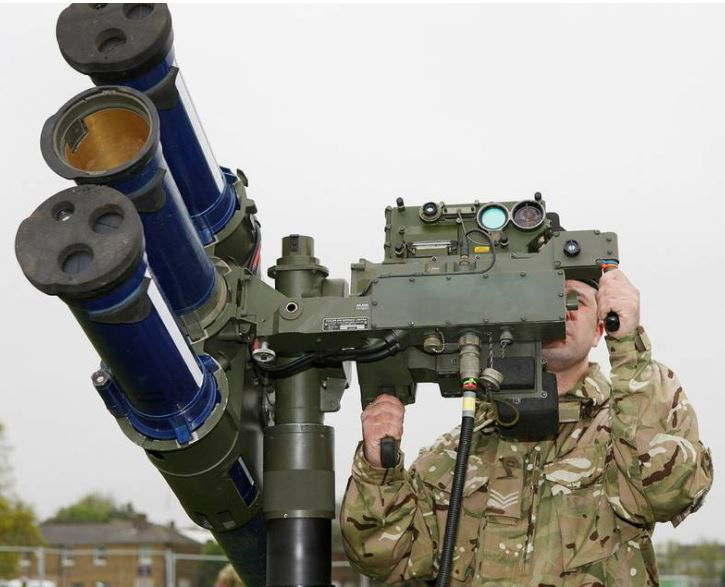What are Starstreak 'laser riding' missiles and how could they help Ukraine?
- guru prakash
- Mar 10, 2022
- 2 min read
The UK is considering sending Starstreak anti-aircraft missiles to Ukrainian forces trying to fend off the Russian attack.
The missiles use a guidance system that could give them an edge over older anti-aircraft missiles that use infrared seeking technology.

“We believe that this system will remain within the definition of defensive weapons but will allow the defending force to better defend the skies,” UK Defence Minister Ben Wallace said on Wednesday.
The offer of the portable, short-range weapon is seen as significant, because it relies on a laser beam riding guidance system.
Most short-range anti-aircraft missiles are “heat-seeking” and can be sent off course by magnesium flares dropped by aircraft as a defence, although some modern heat-seeking systems can differentiate between engine heat and flare heat sources.
Ukraine has already received around 1,000 Stingers from the US, Germany and the Netherlands ― both systems are man-portable air defence systems, or Manpads.
The Starstreak is also incredibly fast, reaching a maximum velocity of three times the speed of sound, or Mach 3. That’s faster than the top speed of a Stinger anti-aircraft missile, which can travel at Mach 2.5.
Both of those systems are slightly faster than the top speed at altitude of common Russian multirole jets such as the SU-35, although if the jets fly at medium altitude, they would be out of range of Manpads.
That might not be an option for Russian jets, however, because Ukraine still has functioning medium-range air defence systems.
That means one option for Russian jets is to fly low and fast — beyond the line of sight of medium-range systems — but that leaves them in danger of Manpads, which are optimised for fast, short-range encounters.
Starstreak missiles would be deadly for Russian helicopter pilots who, flying aircraft much slower than jets, would have little time to react in the event of a launch.




Comments